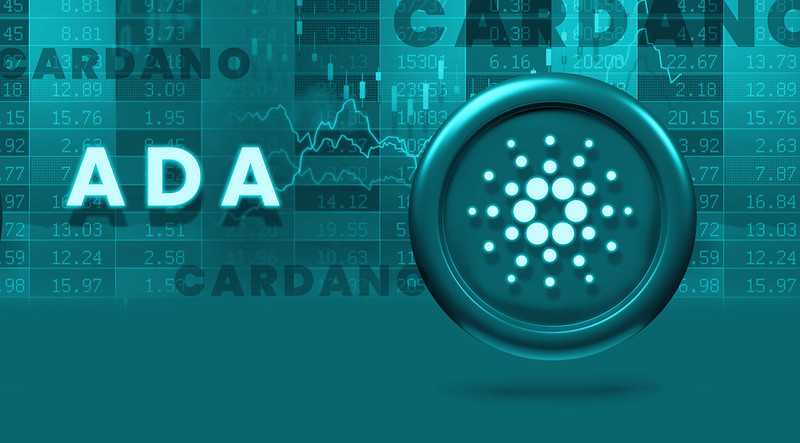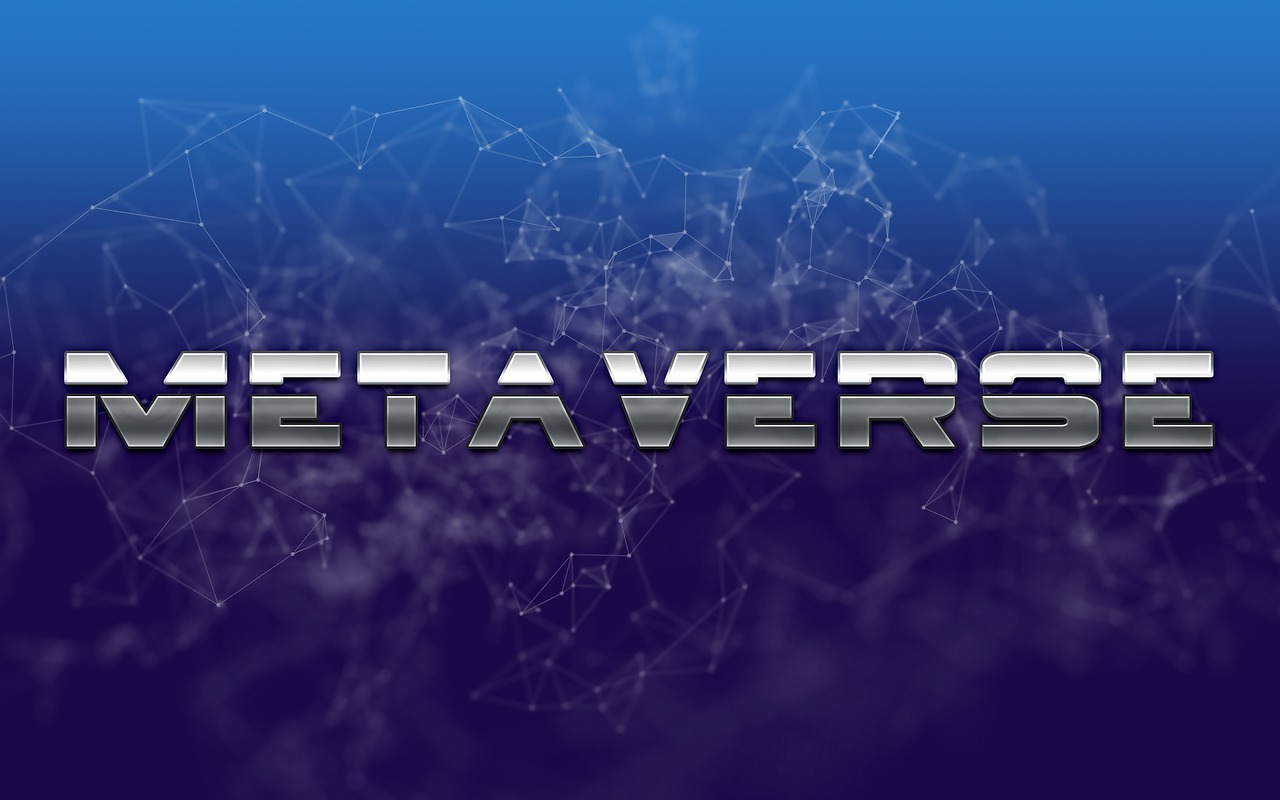Unleashing The Potential Of Cardano (ADA) Through Staking

Introduction
Ethereum co-founder Charles Hoskinson founded Cardano, a proof-of-stake (PoS) blockchain 2015. Cardano is renowned for its advanced technology, exceptional security, and sustainability. Users can leverage reputable exchanges to delegate the staking process to Cardano staking pool operators and earn staking rewards.
The Superiority of Cardano:
People often call Cardano the ‘Ethereum killer’ because of its cutting-edge technology and capability to offer high security and sustainability in the blockchain ecosystem.
Staking on Cardano:
Like Ethereum, Cardano offers users the opportunity to stake its native cryptocurrency and earn staking rewards. Users can stake their ADA coins by joining established staking pool operators or running their own Cardano staking pool.
Choosing the Right Staking Pool:
Anyone can become an operator, although technical expertise and suitable hardware are commonly found among staking pool operators Users can select their preferred staking pool, considering factors such as pool size, uptime, and past performance.
Understanding Cardano Epochs:
Cardano divides time into epochs, which serve as a measure of events within the network. An epoch on Cardano consists of 432,000 slots, each divided into one-second intervals, resulting in an epoch duration of approximately five days. The system takes a snapshot after each epoch to identify the distribution of staked ADA tokens and calculates the rewards for each staker.
Users can delegate their ADA coins to a staking pool to participate on Cardano, enabling them to unstack and stake with different pools during subsequent epochs. By leveraging this process and waiting for the current epoch, users can maximize their staking rewards and actively engage in the Cardano ecosystem.
Mastering Self-Custodial Wallet Staking for Cardano (ADA)
Cardano is one of the leading layer-1 blockchain solutions based on its impressive market capitalization. Spearheaded by Input-Output, Emurgo, and the Cardano Foundation, this project pays homage to the renowned Italian mathematician Gerolamo Cardano, while its token, ADA, honors the pioneering mathematician Ada Lovelace.
Understanding Cardano’s Staking Mechanism
Cardano utilizes a proof-of-stake (PoS) consensus mechanism called Ouroboros, which empowers ADA holders to delegate their funds to stake pools. These pools can verify transactions, generate blocks, and govern the network by aggregating stakes.
The Inner Workings of Ouroboros
To ensure the integrity, longevity, and performance of the protocol, Ouroboros combines the fields of cryptography, combinatorics, and mathematical game theory. All delegators directly receive staking rewards, compensating validators on the network through a fixed pool cost and an optional margin.
Delving into Combinatorics and Mathematical Game Theory
Combinatorics, the study of counting and arrangements, is vital in analyzing the complexities of stake delegation within Cardano’s ecosystem. Meanwhile, mathematical game theory sheds light on the strategic interactions among rational decision-makers in this decentralized network.
The Benefits of Staking for ADA Holders
Staking allows ADA holders to participate in the network and earn rewards proportional to their delegated stake, even without the technical expertise or desire to run a node. Staking pools serve as a practical solution for users aiming to stake their tokens on the blockchain while not actively fulfilling the role of validators.
Exploring the Concept of Self-Custodial Wallets
Self-Custody as the Secure Approach
Self-custody refers to holding cryptocurrencies or nonfungible token (NFT) assets in a wallet accessible and controllable only by the user. This approach eliminates counterparty risks associated with centralized exchanges where users hold their assets.
Private Keys and Control over Crypto Assets
Even in self-custodial wallets, users must hold onto their private keys, which is essential for maintaining control over their crypto assets. This level of control distinguishes self-custody from centralized exchanges, making it a preferred option, especially following the collapse of several exchanges in 2022.
Wallet Solutions in Layer-1 Ecosystems
Different layer-1 ecosystems have their native wallet solutions. For instance, Ethereum and ERC-20 assets primarily rely on MetaMask, while many Solana users prefer Phantom wallets. In the case of Cardano, wallet options have expanded significantly since its launch in 2017.
Diverse Wallet Landscape in the Cardano Ecosystem
Cardano introduced a full-wallet implementation called Daedalus in 2017, followed by the launch of the Yoroi light wallet by Emurgo two years later. With the Shelley mainnet hard fork in 2020, the wallet landscape in the Cardano ecosystem has expanded considerably. Various wallet types are available for Windows, Linux, and Mac, including sovereign applications, browser plugins, and mobile apps. Cardano wallets also support single- and multi-address functionality due to their UTXO-based nature.
Wallet Options and Features in the Cardano Ecosystem
Cardano offers a range of wallet options catering to different needs. Nami Wallet specializes in NFTs, Flint Wallet builds bridges between chains and technologies, and Typhon and Etrnl wallets provide advanced features such as multi-account support, staking, voting, and the ability to transfer multiple assets to multiple recipients in a single transaction. Furthermore, Cardano wallets enable the storage of ADA and thousands of other tokens and NFTs. The ability to add information to transactions is another significant feature.
Key Features of Custodial Wallet Staking in Cardano
In Cardano, custodial wallet staking ensures the owner never relinquishes control over their ADA tokens, always maintaining complete authority.
The wallet’s delegation is based on the amount of ADA held during the last epoch boundary, which occurs every five days.
How to create a self-custodial wallet on Cardano?
You can use the Yoroi wallet to store Cardano assets on your own. The procedures for making a Yoroi wallet are as follows.
- The Yoroi wallet is available as a browser plugin here.
- After downloading and installing the browser plugin, clicking on it launches the Yoroi application page.
- The wallet creation process begins when you click the “Add New Wallet” button on the program page.
- The next screen provides three options: Connect to a hardware wallet, create a wallet, and restore it.
- Select the “Create wallet” option to create the first Cardano wallet.
- Users then pick “Cardano” as the currency, and the following pages allow them to provide their wallet with a name and a password.
- The next stage is to create the recovery phrase, which must be written down and validated in the following phase.
- The wallet may now accept Cardano assets.
- Users may contribute ADA to the wallet by clicking the “Receive” tab, which displays the address.
- Users can send ADA from the exchange to their wallet to begin staking.
ADA Staking Guide: Rewards and Process
Validation and Staking Rewards on the Cardano Network:
The validation process on the Cardano network, which ensures the legitimacy of transactions, relies heavily on ADA staking by validators and holders through staking pools. The network rewards stakeholders for their staking activities. ADA holders who are unable to run validators have the option to “delegate” their ADA to staking pools.
Staking Rewards and ADA Distribution:
Pool operators and delegators received 5% in staking rewards when staking was introduced. However, this percentage has gradually decreased to approximately 4% due to the planned gradual consumption of reserves. Stakers hold around 24.5 billion ADA, accounting for 69% of the circulating supply out of 34.7 billion ADA. Moreover, ADA holders staked over 70% of ADA through staking pools.
Wide Range of Staking Pool Choices:
ADA holders are free to select from a diverse range of over 3,000 staking pools available on the Cardano network. To participate in staking, holders can easily follow the steps using the Yoroi wallet interface or any other Cardano wallet.
- The “Delegation list” on the wallet page offers a selection of delegates.
- Pool operators can also donate to the pool, as indicated by the “Pledge column.” A larger commitment indicates more skin in the game.
- Stakeholders can select a pool by clicking the “Delegate” button.
Daedalus Wallet: A Guide to Staking Your Assets
Daedalus is yet another wallet for Cardano network users. The following are the steps to stake ADA with the Daedalus wallet:
- The latest Daedalus wallet version is downloaded and installed via the official website: https://daedaluswallet.io/.
- When started on a laptop, the software can restore or create an existing wallet.
The system asks the user to provide a wallet name and password. - When you select the Create option, you will be given a 24-word recovery phrase you must write down and confirm.
- Someone constructed the wallet, and someone synced the blockchain.
- When the synchronization is finished, the user must go to the “Staking” option to begin the staking procedure.
- When the user clicks the “Delegation” button, they are taken to the delegation center, where they can select from numerous staking pools.
- The stake pool selects, inputs the amount of ADA staked, and sends the confirmation.
- When the transaction is completed, the pool assigns the user’s ADA.
- The chosen pool will now be responsible for packaging transactions into blocks and verifying the chain.
- At the end of each five-day epoch, the Ouroboros protocol, not the pool’s admin, automatically distributes the rewards from the reserves to all ADA wallets.








